Stripe satin: what is this fabric and where is it used?
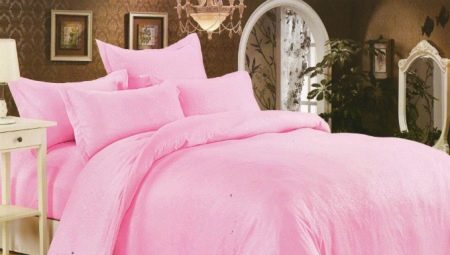
Stripe satin is one of the varieties of jacquard satin. The fabric is in high demand, has excellent performance characteristics and good decorative properties. The material is widely used for sewing bedding sets, bedspreads and clothes.
Composition and properties
Stripe satin is a luxury fabric and is distinguished by a shiny surface with a clearly marked double-sided pattern, consisting of alternating stripes of glossy and matte finish. Stripe satin also owes its name to the presence of stripes that sound stripe in English.
A shiny, spectacular surface is obtained with a special weaving method, in the process of which one weft overlaps four warp threads, shifting one thread with each new row. Thanks to the front weft flooring, the formed fabric acquires extraordinary smoothness and a beautiful iridescent shine. In terms of its composition, stripe satin is completely natural and consists of 100% cotton. However, to give the material a greater decorative effect, sometimes lycra is added to its composition, which is why shiny stripes look more elegant and are effectively shaded with matte.
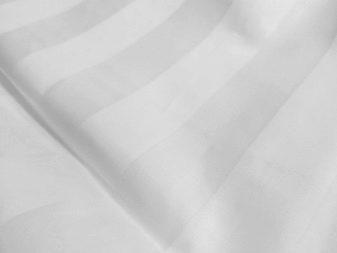
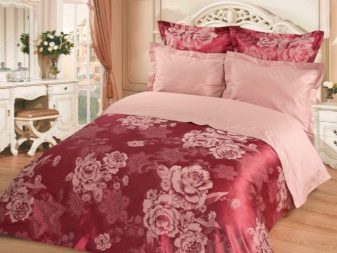
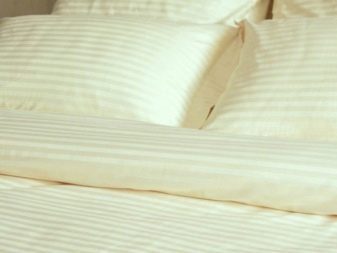
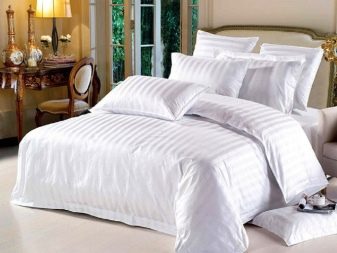
In addition to the fact that the material looks quite stylish and sophisticated, it is highly resistant to mechanical stress. Without losing the brightness of colors and without losing its original shape, the fabric is able to withstand over 300 wash / ironing cycles, which is a fairly high indicator for materials in this category.
In addition, in the manufacture of fabrics, manufacturers use only natural dyes, which, in combination with the cotton composition, makes the fabric absolutely hypoallergenic and environmentally friendly. The dye is applied to the threads just before the start of weaving, and the technologies by which the dyeing takes place allow the dyes to penetrate deep into the fiber structure of the threads. At the final stage of production, the canvases undergo a special treatment that protects the surface of the material from loss of gloss and burnout.
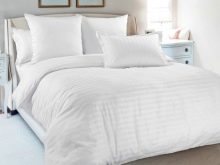
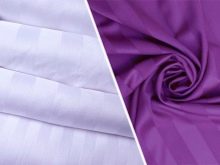
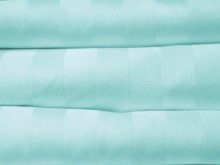
Advantages and disadvantages
High consumer demand and a large number of approving reviews for stripe satin due to a number of indisputable advantages of this material.
- The fabric is quite strong and durable, which is explained by the rather high density, ranging from 140 to 180 g / m2.
- Stripe satin is not prone to shedding, which is why it is quite easy to cut and sew.
- The material is not subject to deformation and shrinkage, which allows you not to worry about preserving the original appearance of things after washing.
- The variety of geometric ornaments and shades greatly facilitates the choice and allows you to purchase fabrics for every taste.
- Despite the fact that the surface of the material is smooth and silky, bed linen made of stripe satin does not stick to the skin and does not crumple.
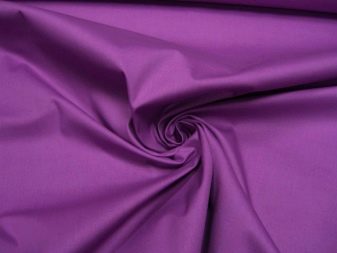
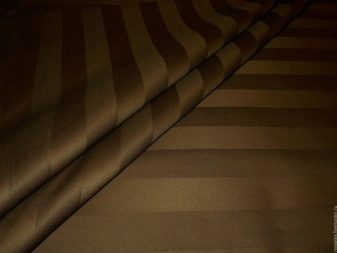
In addition to the obvious advantages, stripe satin has its own weaknesses. First of all, it is low air permeability. The material is not capable of providing a full-fledged air exchange, which is why it is quite uncomfortable to sleep on bedding made from this fabric in the summer. Another disadvantage is the high cost of stripe-satin products, which, however, is quite explainable by their natural origin. The disadvantages include the fact that in the presence of a mattress with a synthetic covering, the sheet often slides off the bed, which causes certain inconveniences when using bedding sets. However, on soft sofas and cotton mattress toppers, the fabric behaves differently and does not bother sleeping people.
Application area
The scope of the material is wide enough. It is often used for sewing bedding sets, underwear, dresses, men's shirts, curtains, curtains, tablecloths and bedspreads, and is also used as a lining fabric for dresses and raincoats. At the same time, clothes and bedding are sewn from less dense types of stripe satin, the density of which varies from 120 to 150 g / m2, while home textiles, curtains and bedspreads require the use of a denser and stiffer material, with indicators of 180 g / m2.
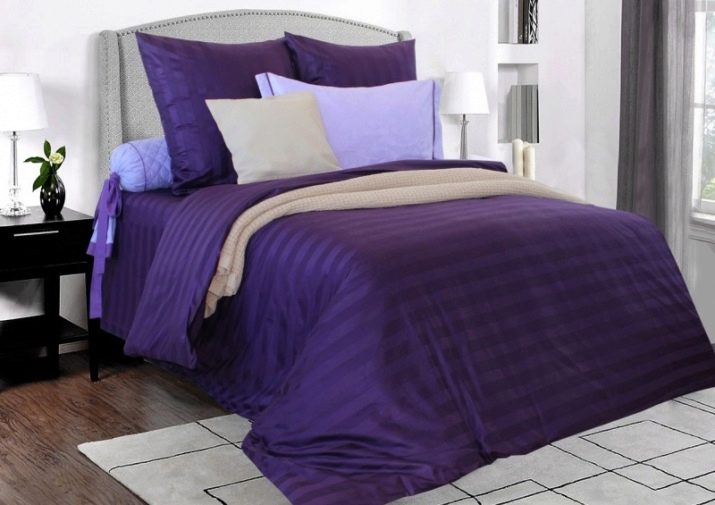
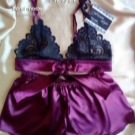

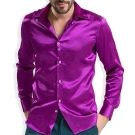
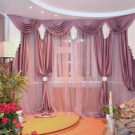
Even a novice seamstress can sew any product from stripe satin. This is due to the fact that due to the presence of well-visible stripes, it will not be difficult to lay a perfectly straight line. The high decorative qualities of the fabric are also due to the fact that the presence of stripes is well suited to many styles. For example, striped curtains, rugs and tablecloths can perfectly fit into the English interior. A strict geometric pattern is well suited for sewing business clothes, for example, suits, dresses or skirts.
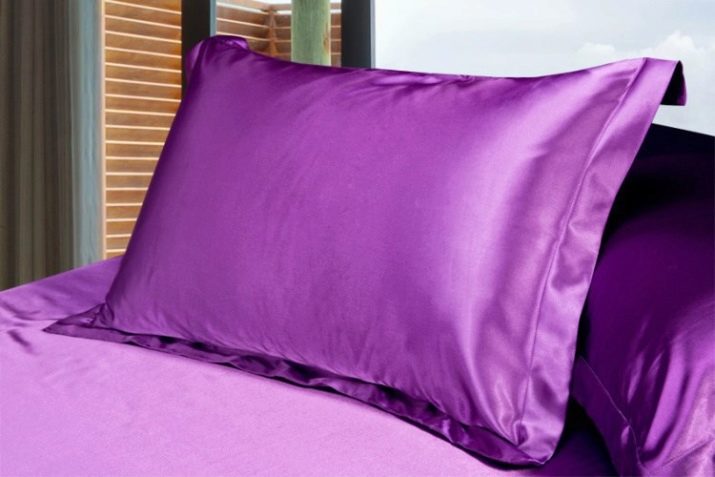
All models of clothes, made of stripe satin, are distinguished by high wear and do not lose their original appearance for a long time. The simplest styles are usually chosen for such things, due to the fact that the fabric itself is very beautiful and does not need the presence of a large number of decorating details.
Criterias of choice
The main criterion for choosing a stripe satin is its functional purpose. So, if not a finished product is purchased, but a piece of fabric, then its quality, color and performance are selected based on what will be sewn from it. For bedding sets, it is recommended to purchase canvases in white and light colors, with a density not exceeding 150 g / m2.Too dense fabric will not provide even minimal ventilation and it will be extremely unpleasant to sleep on such underwear. If stripe satin is bought for sewing curtains, bedspreads or tablecloths, then in this case you need to buy fabric of maximum density. Such products will perfectly retain their shape and will not sag after the first wash. And when buying material that will be used as a lining fabric for skirts and outerwear, on the contrary, it is better to choose the thinnest and least dense fabric.
The density of the material is usually indicated in the accompanying documentation, but if you look at its possibility, then you can determine the approximate density visually. To do this, you need to look through the canvas into the light. At the same time, the outlines of people and objects should be vague and rather vague. If, through the fabric, you can clearly see everything that is happening around, then, most likely, on the counter there is either a fake, or a material in the manufacture of which the production technology was violated. Therefore, it is better to refuse such a purchase. You should also check if there is a note about mercerization in the documents. If there is such a mark, then the fabric can be safely bought and not worry that the shine and brightness of the colors will disappear after the very first wash.

Care advice
Despite the fact that the stripe satin belongs to the category of undemanding materials in the care, some rules still need to be observed when washing it. First, products made from this fabric should be washed separately from other items. The material should never be placed in the drum together with rigid polyester fabrics or garments decorated with rhinestones, beads or sequins. Otherwise, there is a risk of pulling the threads out of the stripe satin, after which it will be impossible to remove the puffs. Secondly, it is important to observe the temperature regime as well. The optimum temperature is considered to be from 40 to 60 degrees. Moreover, it is better to wash the material of low density in cooler water.
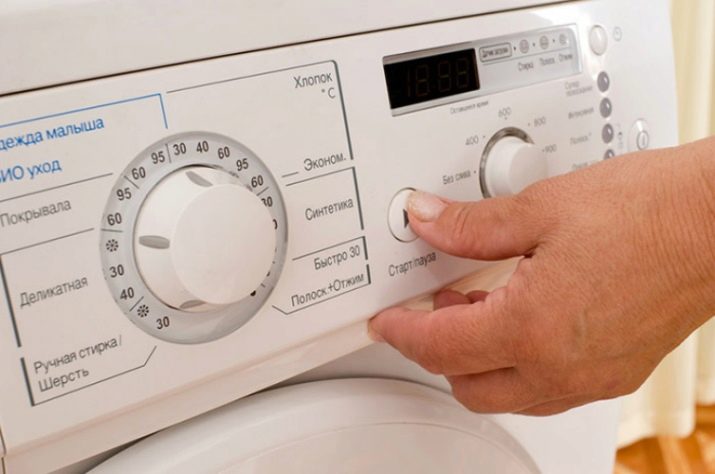
In addition, pillowcases, duvet covers and clothes should be turned inside out before being placed in the typewriter; it is also recommended to dry it turned inside out. This will prevent pilling and will help to better stretch the garments. It is forbidden to add bleaching compounds when washing dyed fabrics. Otherwise, due to the inhomogeneous structure of the material, light streaks and spots may appear on its surface, which will be impossible to eliminate. We recommend using gentle, chlorine-free bleaching agents for washing white garments.
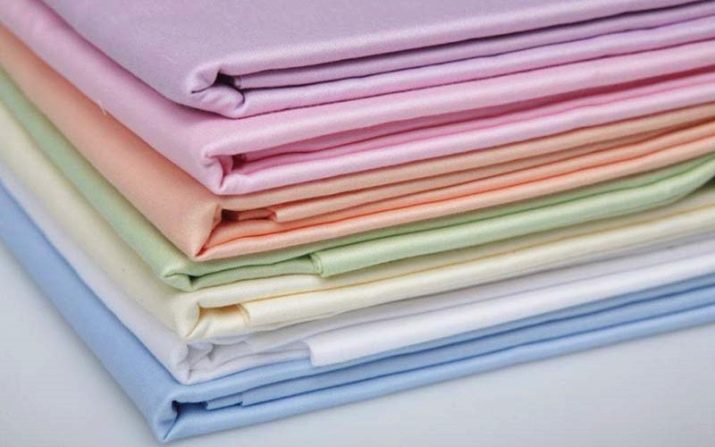
It is better to dry stripe-satin things in the fresh air, and you do not need to achieve their complete drying: wet fabric is ironed much better and does not need additional moisture. It is recommended to iron the garments only from the seamy side using the "Cotton" heating mode. After ironing, clothes should be left on the hangers for a while and only then put into the closet. This will allow moisture remaining in the seams to evaporate and prevent things from caking during long-term storage.

When purchasing satin stripe, consumers, as a rule, do not regret their choice. Indeed, despite some shortcomings, the fabric is able to add variety to any interior, become an adornment of the wardrobe and provide a calm and comfortable sleep.
What is stripe satin and how to distinguish it from other fabrics, see the next video.








